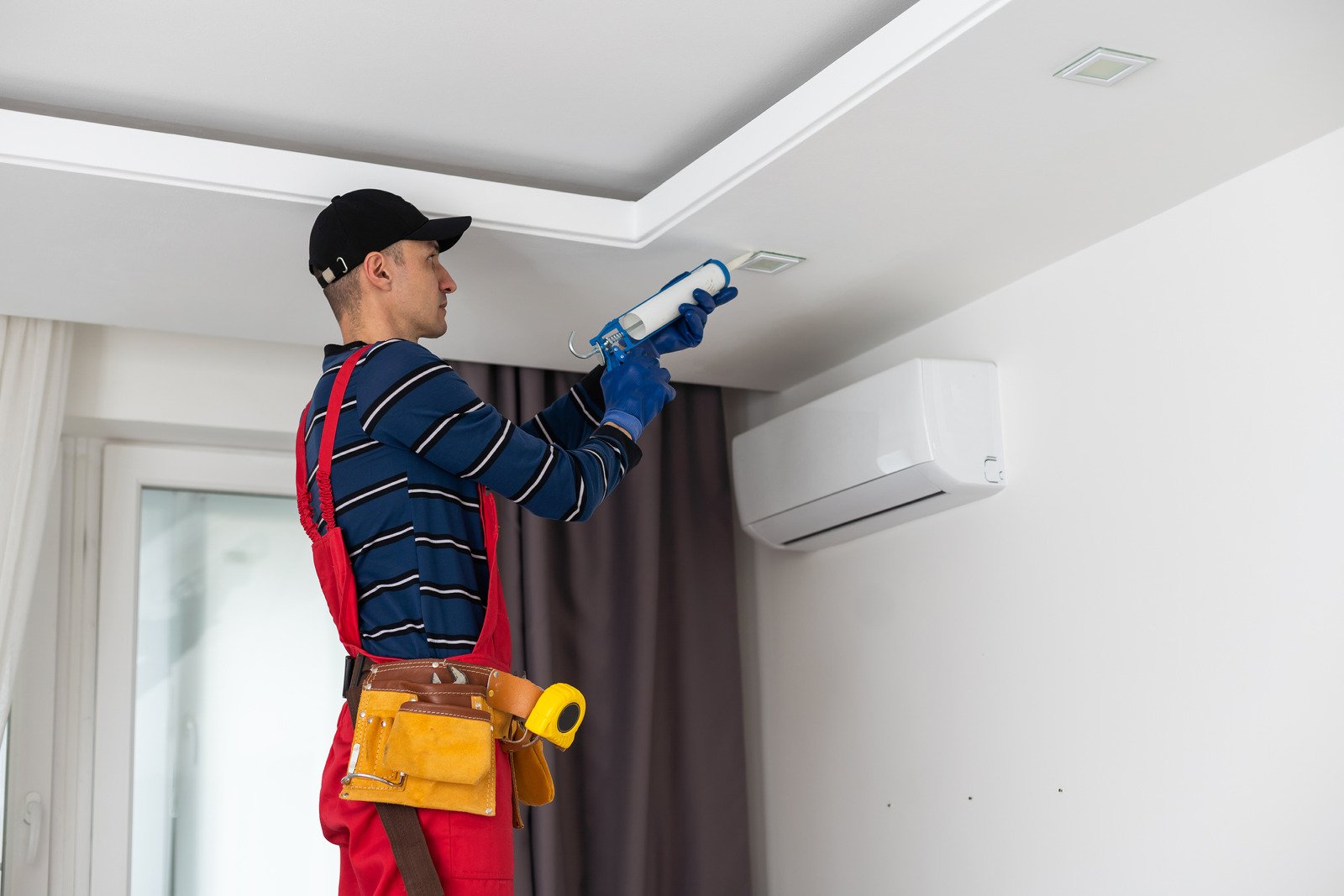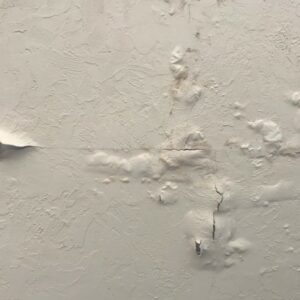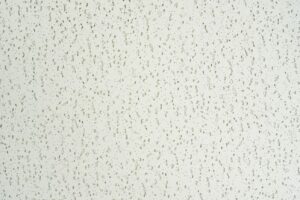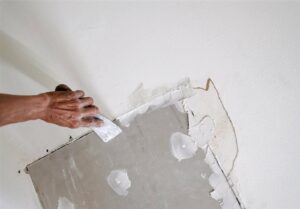Drywall Maintenance Tips for Long-Lasting Walls
A vital element of the majority of contemporary dwellings, drywall is highly regarded for its affordability, ease of installation, and adaptability. But drywall maintenance is essential to guaranteeing the durability and visual beauty of your walls. This thorough guide will provide you with all the necessary advice to maintain drywall and keep your walls looking great for many years to come.
Regular Cleaning
Dust and Dirt Removal:
- Dusting: To avoid dust accumulation, routinely dust the surfaces of your drywall using a feather duster or a microfiber cloth. Particular attention should be paid to baseboards, corners, and any other rough surfaces where dust may collect.
- Vacuuming: To remove dust from walls, especially textured surfaces that hold more dust, use a vacuum with a brush attachment.
Spot Cleaning:
- Mild Soap and Water: Use a solution of mild dish soap and water to remove small stains and smudges. Use a gentle cloth dampened with the solution to gently massage the afflicted region. To avoid water damage, do not saturate the walls.
- Baking Soda Paste: Mix baking soda and water to make a paste for more stubborn stains. After applying the paste to the stain and letting it sit for a short while, use a soft cloth to gently scrub the area before using water to wipe it clean.
Repairing Minor Damage
Filling Small Holes and Cracks:
- Spackling Paste: Use a putty knife to apply spackling paste to minor holes and cracks. After smoothing out the surface, let it totally dry. After it dries, give it a quick sanding to make it merge in with the wall.
- Caulk for Cracks: Use paintable caulk for minor cracks, particularly those near trim and molding. Using a caulk tool or your moist finger, apply a small bead of caulk and smooth it out.
Patching Larger Holes:
- Patch Kits: Use a drywall patch kit for larger holes. Usually, these kits come with a putty knife, joint compound, and mesh patch. Apply the patch and compound as directed by the kit, and then sand the area smooth after it has dried.
- DIY Patching: Cut a piece of drywall slightly larger than the hole. Trace the patch over the hole and cut along the outline. Attach the patch to wall studs using drywall screws, then tape the seams with drywall tape and cover with joint compound. Sand smooth once dry.
Preventing Damage
Avoiding Dents and Scratches:
- Furniture Placement: Be mindful of furniture placement. Use felt pads on the feet of chairs, tables, and other furniture to prevent scratches and dents when moving them.
- Doorstops: Install doorstops to prevent doors from banging into walls, which can cause dents and holes.
Handling Moisture:
- Ventilation: Ensure proper ventilation in high-moisture areas like bathrooms and kitchens. Use exhaust fans to reduce humidity levels, preventing moisture buildup that can lead to mold and mildew.
- Dehumidifiers: In humid climates, use dehumidifiers to control indoor humidity levels, protecting your drywall from moisture damage.
Painting and Finishing
Choosing the Right Paint:
- Quality Paint: Invest in high-quality paint that is washable and durable. This will not only enhance the appearance of your walls but also make them easier to clean and maintain.
- Primer: Always use a primer before painting new drywall or when covering repaired areas. Primer helps the paint adhere better and provides a uniform surface for painting.
Proper Painting Techniques:
- Even Coats: Apply paint in even coats using a roller for large areas and a brush for edges and corners. Avoid overloading the roller or brush to prevent drips and uneven coverage.
- Drying Time: Allow adequate drying time between coats as recommended by the paint manufacturer. This ensures a smooth, durable finish.
Addressing Moisture and Mold Issues
Identifying Moisture Problems:
- Signs of Moisture: Look for signs of moisture damage such as discoloration, bubbling paint, or soft spots on the drywall. Address any leaks or sources of moisture immediately.
- Moisture Meters: Use a moisture meter to detect hidden moisture within walls, especially in basements and bathrooms.
Mold Prevention and Removal:
- Mold-Resistant Drywall: In areas prone to moisture, consider using mold-resistant drywall. This type of drywall is specially treated to resist mold growth.
- Cleaning Mold: For small mold patches, clean the area with a mixture of water and bleach (1:3 ratio). Wear protective gloves and a mask. For extensive mold, hire a professional remediation service.
Conclusion
Maintaining the integrity and aesthetics of your walls requires proper care of your drywall. You can prolong the life of your drywall and maintain the best-looking appearance for your house by doing routine cleaning, preventing damage, taking care of small repairs right away, and making sure that proper painting and moisture management are done. This ensures that your walls remain sturdy, visually appealing, and free from unsightly blemishes. Addressing issues such as repairing drywall after water damage is crucial, as lingering moisture can lead to mold growth and structural weakening. With proactive maintenance and timely fixes, you can preserve the value and comfort of your home for years to come. Additionally, troubleshooting drywall finishing problems can help ensure a seamless and professional look, preventing common issues such as cracking, bubbling, or uneven textures. Proper finishing techniques, combined with regular inspections, can catch potential problems early, saving you time and money in the long run. By staying attentive to your drywall’s condition, you can create a polished interior that enhances your home’s overall atmosphere and appeal. Regular inspections can help you identify potential problems early, allowing you to address issues before they escalate into costly repairs. The importance of drywall repair cannot be overstated, as neglecting damage can compromise the structural integrity of your walls and diminish your home’s overall appeal. By staying proactive and prioritizing upkeep, you can ensure that your living space remains safe, durable, and visually pleasing for years to come.
Maintaining your drywall in excellent shape will help you create a long-lasting and visually appealing environment. Regular inspections and professional assistance from Drywall Medic when needed can help you achieve this. By using these suggestions, you can improve the aesthetics and comfort of your living area while also safeguarding your investment. If you want to hire them then contact details for Drywall Medic is as follows. Their team of experts provides comprehensive services, ensuring your walls remain in pristine condition for years to come. Whether it’s repairing minor damage or learning how to finish drywall step by step during a renovation, Drywall Medic has the skills and resources to guide you through every stage. Reach out to their experienced professionals today to give your space the care and attention it deserves. Their skilled team is ready to assist with repairs, maintenance, or even new projects to ensure your walls always look their best. Additionally, by learning a few drywall installation tips and techniques, you can take a hands-on approach to minor fixes or enhancements around your home. Whether you’re tackling small imperfections or planning a full renovation, having the right knowledge and reliable professionals, like Drywall Medic, on your side makes all the difference.
- Victoria, BC: #136 – 2936 Amy Rd, Victoria, BC, V9B 0B2, Contact Number- 250-880-8849,
- Vancouver, BC: 6894 192 St, Surrey, BC V4N 0B7, Contact Number- 604-913-4656




